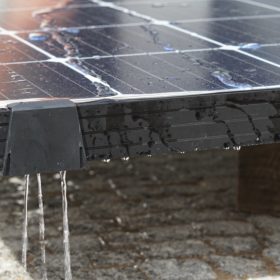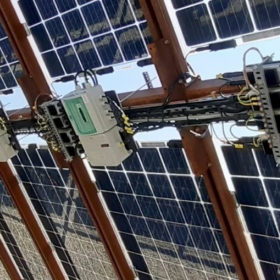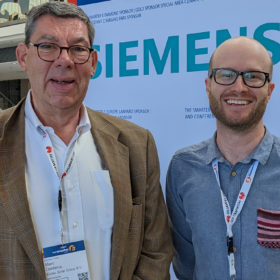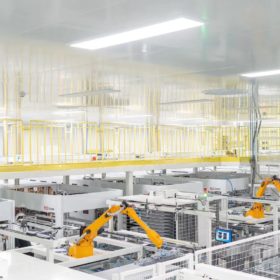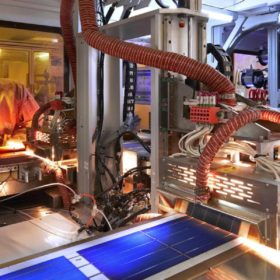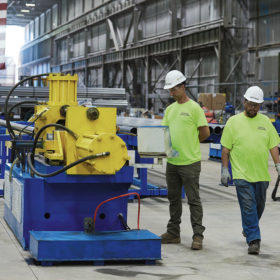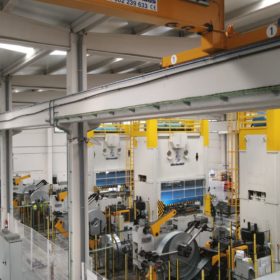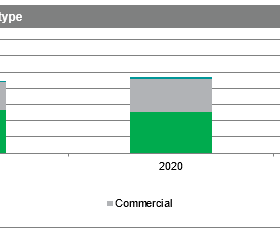PV water-draining device with new anti-clogging design
Portuguese startup Solarud has unveiled the next generation of its water-draining device for PV panels with low, sloping inclines. The new design avoids clogs caused by sand and dust, in nano and customized versions that fit installations and modules of different sizes.
Enel Green Power, INES develop DC/DC MPPT converter for solar panels
Enel Green Power’s initial tests show that the addition of DC/DC MPPT converters to a pilot PV plant has driven a 1% energy production gain. It now plans to deploy the solution on a 1 MW power plant in Italy.
Blackstone Capital move for mounting system company under scrutiny
The European Commission’s merger and acquisitions body is running the rule over a plan by New York-based Blackstone Capital to take joint ownership of expansionary Esdec Solar, alongside private equity group Rivean.
Chinese PV Industry Brief: Eging to set up 10 GW of TOPCon solar panel production
Eging PV has signed a deal to build a 10 GW TOPCon solar module factory in Anhui province, while Tongwei has revealed plans to build a 25 GW cell factory in Jiangsu. Jolywood, meanwhile, has completed the first 4 GW phase of its 8 GW TOPCon cell factory in Shanxi province.
Indian government approves second phase of solar manufacturing incentive scheme
The Indian cabinet allocated around $2.4 billion for the second phase of the incentive scheme.
Chinese PV Industry Brief: Trina buys 70,000 MT of polysilicon from South Glass Group
In other news, a Chinese consortium is planning to build a 10 GW heterojunction (HTJ) module factory in Sichuan and Risen Energy is seeking to raise around $1 billion through a private placement of shares to finance its 5 GW HTJ panel production.
A new era of made-in-USA solar
There are both challenges and benefits to boosting solar manufacturing in America. The Inflation Reduction Act of 2022 includes a host of measures to support the production of US renewable energy technologies and could foster a new era for made-in-America solar. pv magazine USA Senior Editor Anne Fischer explores the current status and outlook of US solar manufacturing.
FTC Solar unveils new self-powered tracking system
United States-based engineering firm FTC Solar has unveiled a new self-powered solar tracking system which it says requires up to 36% fewer foundations than existing technologies and enables an estimated 5% greater energy output for a given parcel of land.
PV Hardware to open 6 GW solar tracker factory in US
PV Hardware expects its new 6 GW plant to be operational by 2023. The planned factory is the latest in a wave of solar supply chain onshoring that has occurred since the passage of the US Inflation Reduction Act.
Shipments of module-level power electronics could hit 100 GW by 2026
IHS Markit said it expects the United States, Germany, and the Netherlands to be the top three markets for cumulative shipments of module-level power electronics in the 2022-26 period. Cumulative shipments are set to hit almost 100 GW by 2026.
